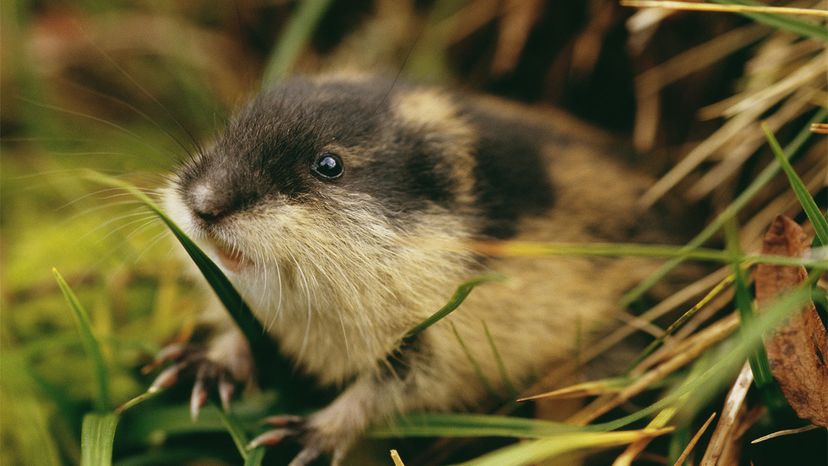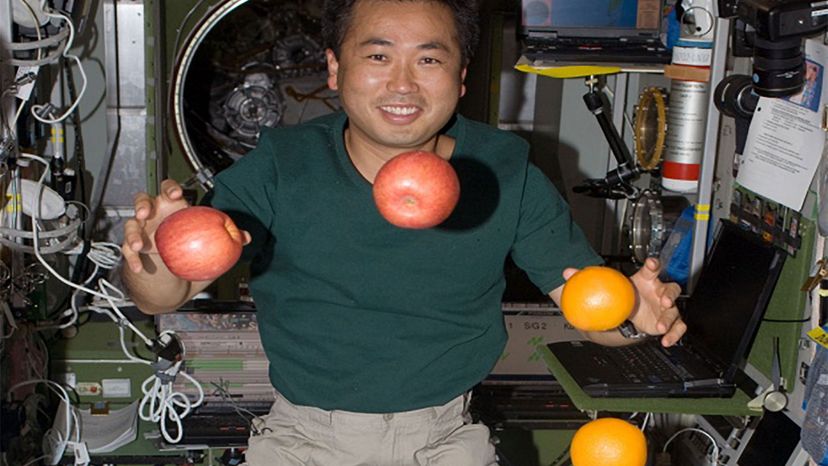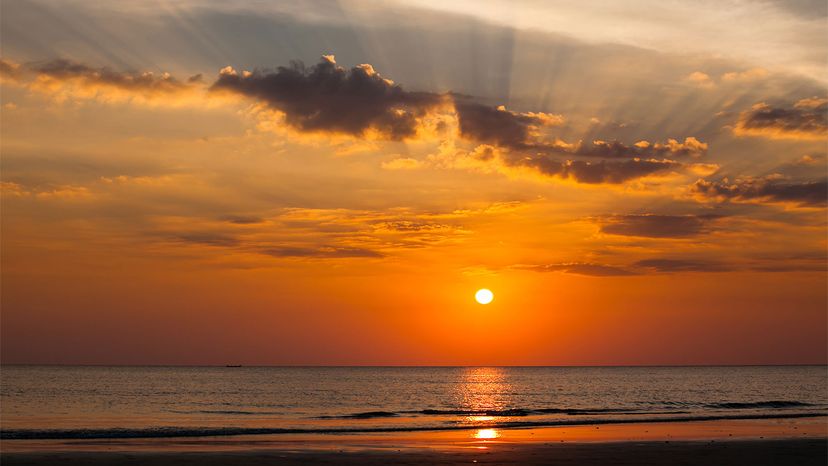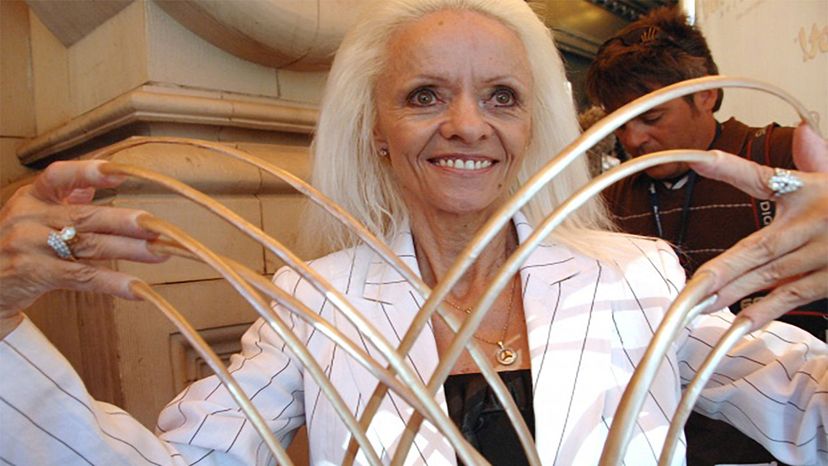
We all love fun science facts. But, in these days of "fake news," when amazing science facts are treated as fiction and myth is repeated as scientific fact, how certain are any of us that the "facts" we know to be true actually are true?
Cool scientific facts and scientific discoveries become common knowledge. Ever heard that your taste buds only last a week or two before being shoved aside for new ones, and you taste food with new buds [source: Chudler]? Or that rice has more genes than a human being [source: Graham]. And everyone knows that lemmings are pathologically suicidal. It's science ... right?
Advertisement
Nope! So many of the fun science "facts" we have heard, internalized and spread are straight up bogus myths. To start with, our little lemmings friends got a rap for clinical depression based on a "documentary" by Disney that completely fabricated the mass suicide of lemmings by cliff-plunge idea [source: Woodford]. What else have you been misbelieving all your life?









